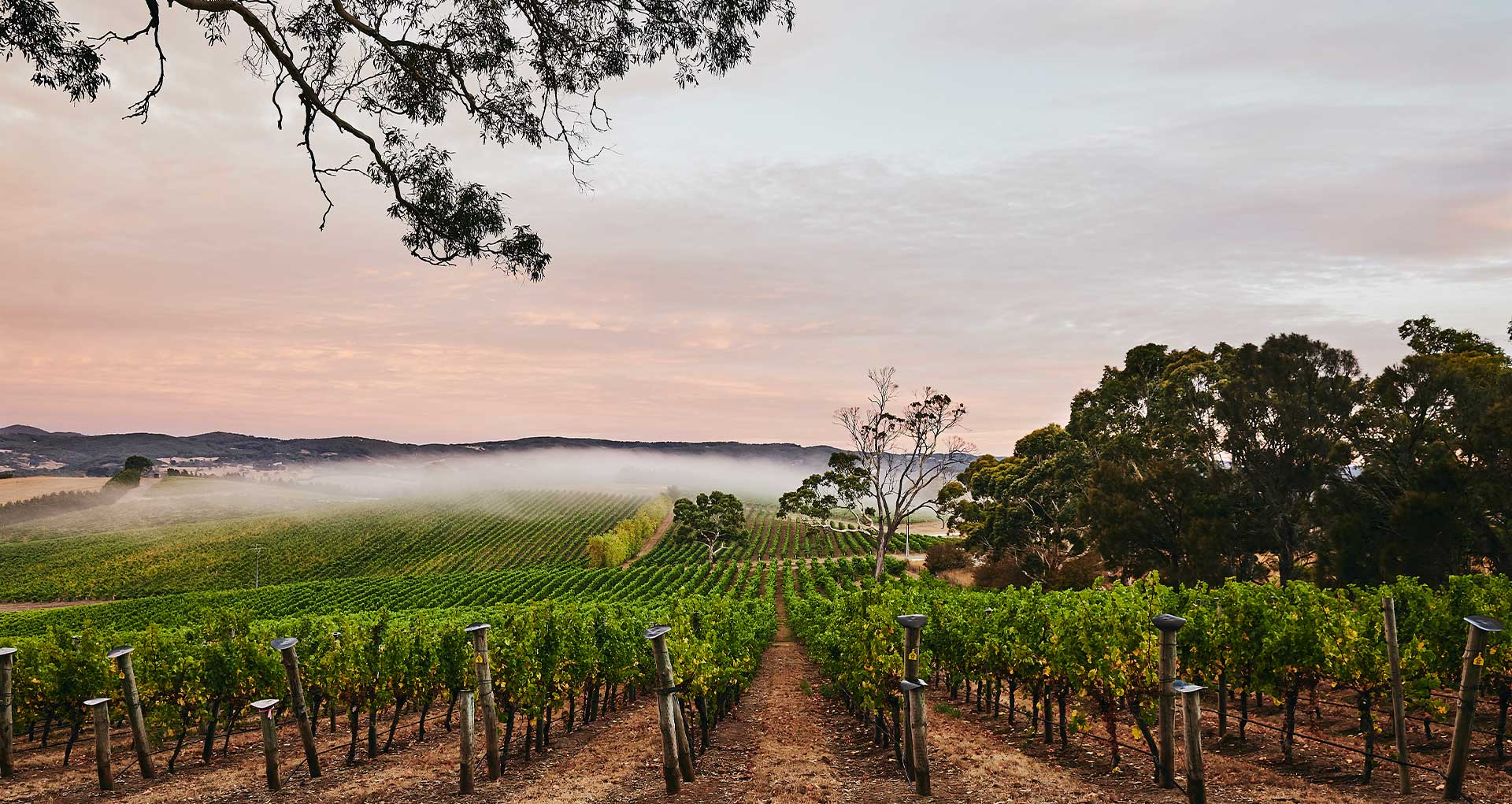
Unfortunately, you do not meet the age requirement to enter this website.

Unfortunately, you do not meet the age requirement to enter this website.
While Sauvignon Blanc has been around for over five centuries, it feels like such a casual, modern wine made for Friday evening summer picnics with friends. Full of the aromas of freshly cut grass and tasting of crisp green capsicum and peaches, you’d be hard-pressed to find a better pairing for a clear evening, laying back on a picnic rug and letting the sound of your friends chatting and laughing wash over you.
Drinking a Sauvignon Blanc is like time travel in a glass, tasting a wine similar to that drunk by the French 500 years ago. Originating in the Loire Valley in the 1500s, historical records show it going by the synonym “fiers”, the name Sauvignon comes from the French for “wild vine”. You may wonder what grape Sauvignon Blanc is, and in fact, it is the offspring of an incredibly old white grape called Savagnin, although the other parent grape is unknown. Other progenies of this parent include Grüner Veltliner, Chenin Blanc, Silvaner and Verdelho, making those wines Sauvignon Blanc’s brothers and sisters. Sauvignon Blanc is one of the few grapes which can be grown the world over. Sauvignon Blanc began being planted across Australia in the early 2000s after it had great success in New Zealand. Margaret River, Orange and the Adelaide Hills are all known for growing the grape, with just 20 hectares of Sauvignon Blanc in Australia in the 1970s expanding to over 6100 hectares thriving across the country today.
Sauvignon Blanc is generally produced as a dry wine, although it isn’t unheard of for winemakers to leave in the tiniest bit of sugar to elicit a touch of sweetness. Sauvignon Blanc is an acidic, to medium acidic wine. It is the unique aromatic compounds in Sauvignon Blanc called “pyrazines'' which foster its herbaceous flavours like those of jalapeno, green grass and capsicum, layered beneath the zestier and more floral tones of passionfruit, guava, lime and peach. Recognised as a national benchmark of cool-climate Australian Sauvignon Blanc, 2021 Nepenthe Altitude Sauvignon Blanc tastes of vibrant, zesty fruit, bursting with passionfruit and gooseberry notes.
Sauvignon blanc is a dry wine, although it is sweeter than a Chardonnay and a little fruitier.
Storing Sauvignon Blanc is similar to most other wines, ensuring the bottle is kept in a cool, dry place away from excessive vibration, heat and light. Most Sauvignon Blanc bottles should be chilled and drunk early and can be kept either on their side or upright in your fridge.
Unopened, Sauvignon Blanc should last anywhere between 18 months and two years when stored in the right conditions. If you got caught up in a fabulous dinner party conversation and didn’t manage to finish your bottle, your Sauvignon Blanc should last anywhere from 5-7 days in the fridge.
Sauvignon Blanc contains around 600 calories per bottle, and, as a dry white wine is lower in carbohydrates than other wines, with two grams of carbohydrates per bottle and approximately seven grams of sugar.
If you’re looking for a wine to take to your favourite BYO sushi restaurant, Sauvignon Blanc is your go-to. Sauvignon Blanc pairs beautifully with shellfish like crab, lobster and oysters and other light, white fish. It also perfectly accompanies anything salty and tangy, pairing splendidly with goat’s cheese. When it comes to mains, if it isn’t sushi accompanying your Sauvignon Blanc, delicate fish and zingy salads full of crunchy greens will complement the dry fruitiness.
Related article: Refreshing & Zety Seared Scallop Salad
What about Sauvignon Blanc and Chardonnay? Chardonnay is a medium-bodied wine, while a Sauvignon Blanc is lighter bodied. While unoaked Chardonnay and Sauvignon Blanc both give off the summer aroma of freshly cut grass, Sauvignon Blanc is sweeter and more acidic. Meanwhile, the difference between Sauvignon Blanc and Pinot Grigio is all in the nose, Pinot Grigios are more neutral and don’t tend to jump out of the glass and hit you with their sweet and fresh aromatics the way a Sauvignon Blanc does.